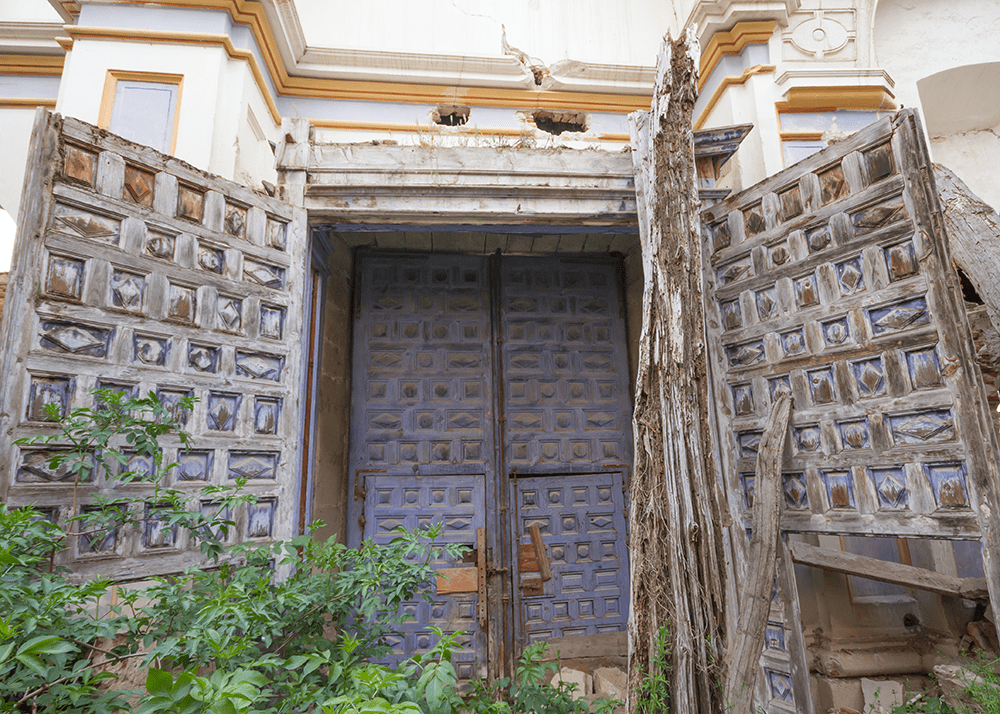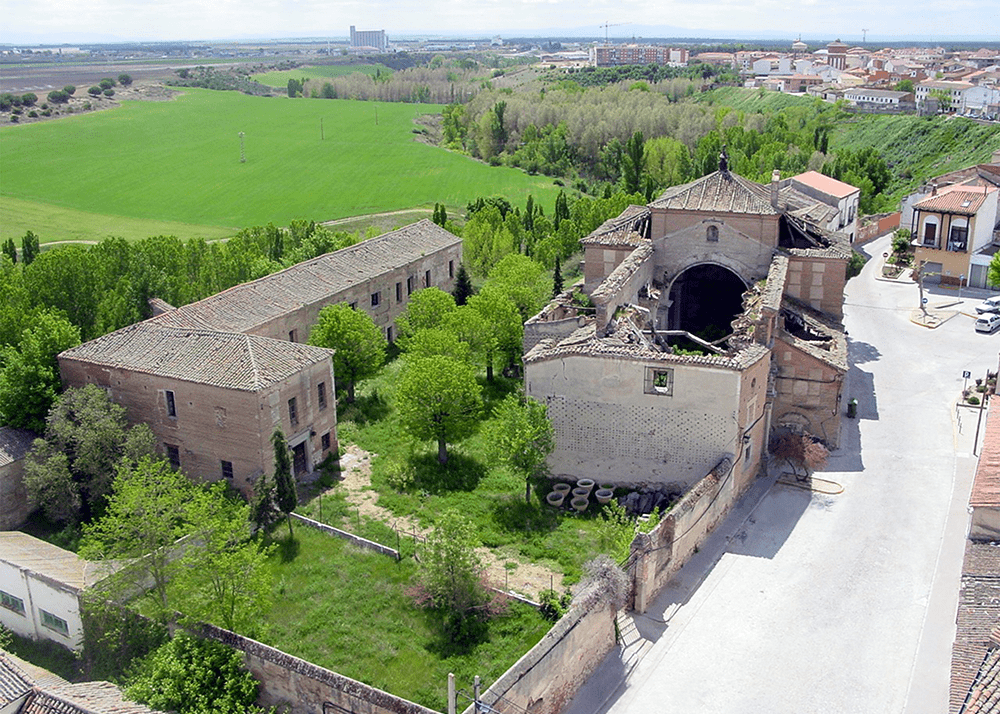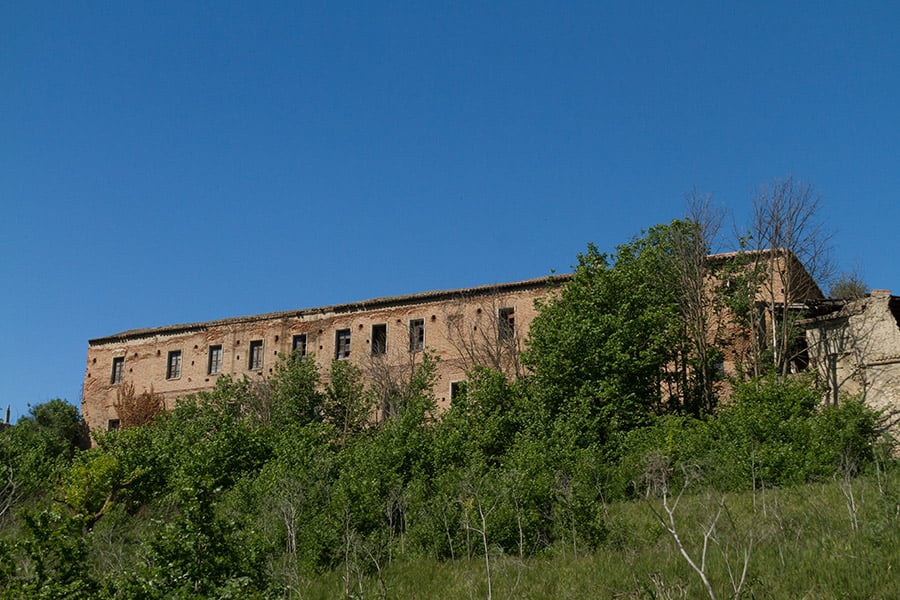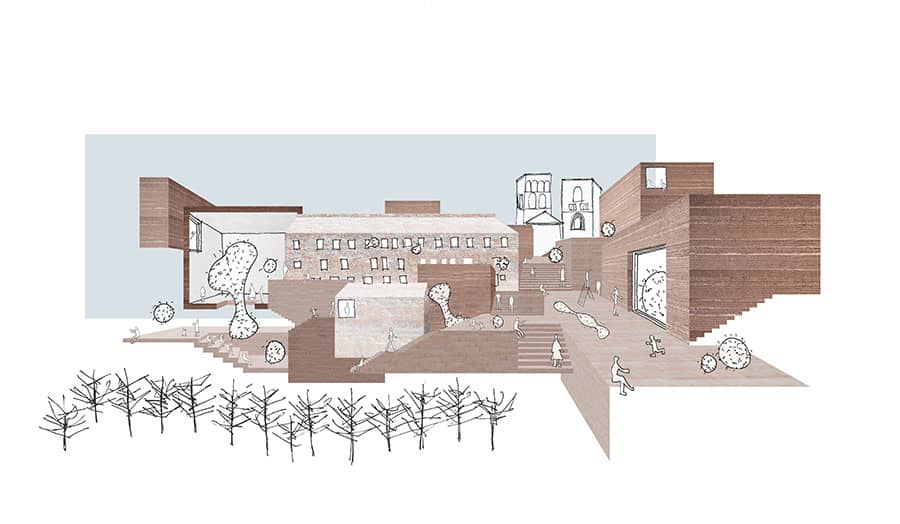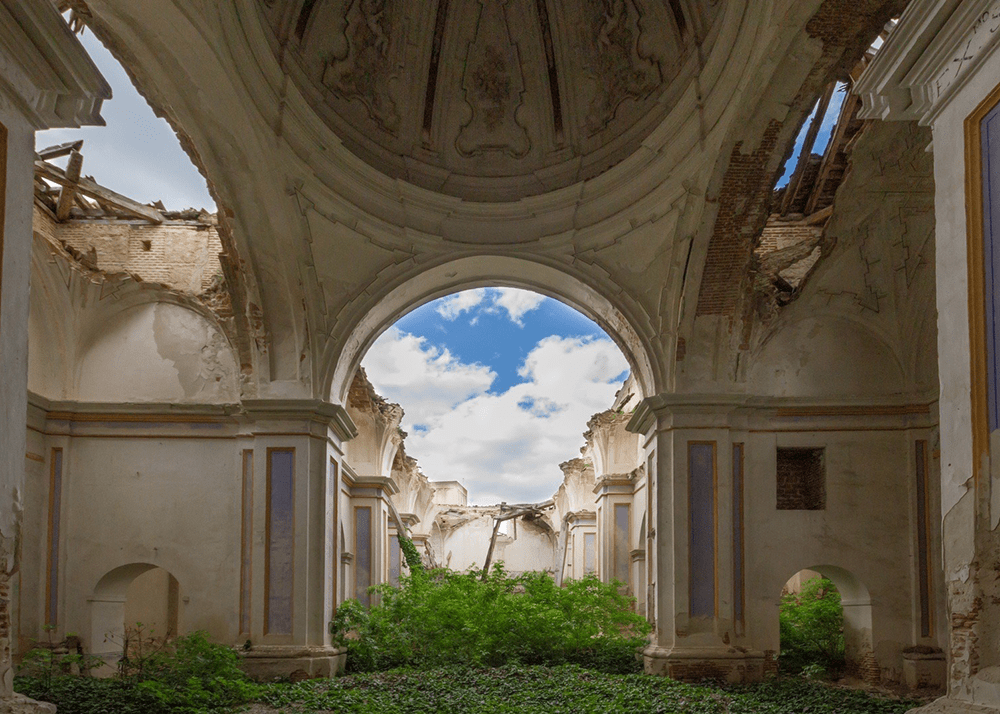
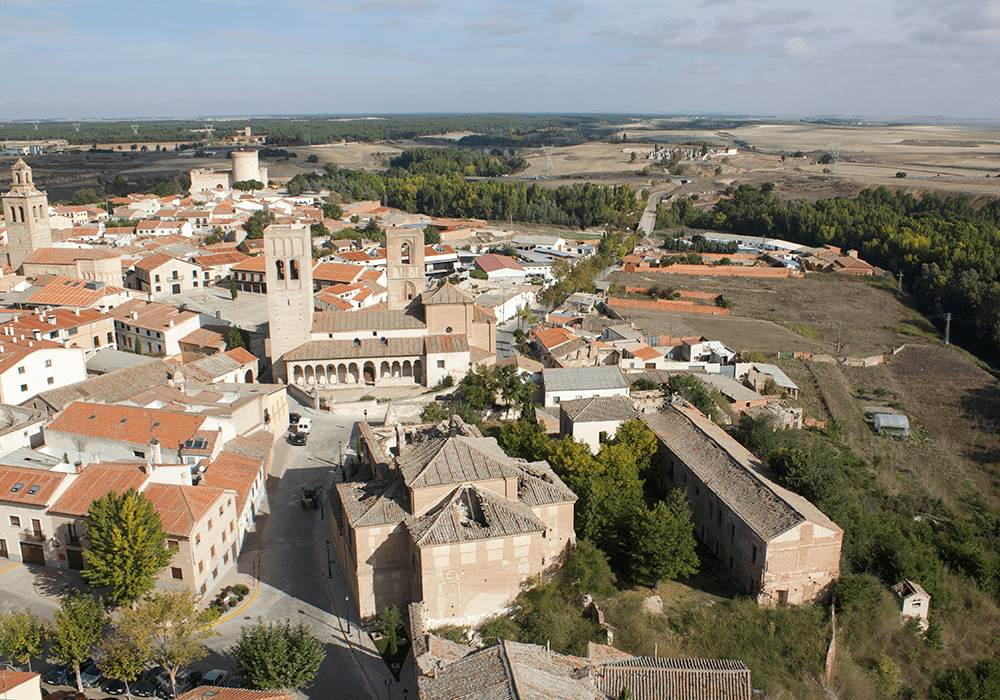
The Adrastus Collection has made an indefinite pledge for the exclusive use of the museum Collegium, in Arévalo (Ávila, Spain).
Text by Patrick Charpenel, Chief Curator of Adrastus and Collegium:
The city of Arevalo is a Spanish locality to the north of the Avila province in the autonomous community of Castilla and Leon. With a Roman background, it was founded as we know it in 1090. This town is 827 meters above sea level and is located between the Adaja and Arevalillo rivers. The region, which has an important cereal production, is connected to important cities such as Madrid, Avila, Medina del Campo, Valladolid, Segovia, Palencia and Salamanca. With a population of 8’110, Arevalo has been the stage of important events that have given the Spanish people their inclination and identity and which have allowed Christians, Jews and Muslims to become integrated throughout centuries. Its walls protected the young Queen Isabella I of Castile and Saint Ignatius of Loyola, the founder of the Jesuit order. One of the first Jesuit schools was founded there towards the end of the 16th century.
The splendid Jesuit school of Arévalo is presently in ruins. Being a historical symbol of education, of research and progress, it deserves better luck. That is why it is the responsibility of the authorities and civil society to rescue the monument and to transform it into a cultural center that reflects the history and energy of this beautiful region.
Contemporary art is one of the most powerful vehicles that can boost the reflection upon the culture of the new millennium. Production of images and artistic situations bring about various reactions, dislocating contemporary economic and political structures. That is why the development of this discipline consolidates identity and generates criticism and knowledge about the world. Contemporary art is, then, a fundamental product for living and understanding postmodern culture.
The art collector Javier Lumbreras and his wife, Lorena Pérez-Jácome, have devoted themselves to building an emerging art collection that points to the definition of the 21st century’s society. This is why they chose the Jesuit School of Arévalo as the home for this art collection and as an experimental museum project. With the intention of identifying yet unexplored facets of art and society, this Museum will bet on research and on generating new experiences with the new cultural products of the new generation.
The Jesuit School of Arévalo and Adrastus Collection as initial aquis, constitute the foundations of a project that can transform not only the artistic mechanics of Spain but of a large part of Europe. By conditioning under 15,000 m² overall, including 5,600 m² only for exhibition space and furnishing the building with a series of facilities which will hold a wide array of experiences. Inspired by the cultural and historical richness of the venue, as well as its educational background, this project aims to develop a linkage with the region: i) the Curatorial and Exhibition Program ; ii) the “Extended Program” composed of an investigation center focused on 21st century art, restoration center, artistic residencies, conferences and workshops; and iii) the “Extended Experience” which will include cultural and architectonic tours, historical interaction of the Muslim, Christian and Jewish cultures, gastronomic ecosystem and an exterior public walkthrough.
Text by Aldones Nino, Curator at Adrastus and Collegium:
Thinking and making the new museum Collegium is launched as a field of permeability of time, pointing to the production of the 21st century by placing itself in the necessary reflection on the past and the present, while drawing the future. Contemporary art is, by essence, a vehicle for reflection on the culture of the new millennium, since its interpretation requires, in order to consolidate, the problematization related to time, space and past movements, generating various reactions and political, economic and social concerns, essential topics to think and create new horizons. It longs for a critique that advances with its creation, that leads to the emancipatory construction of subjectivities and to the encounter and consolidation of identities, from an active and restless perspective, of thinking and knowing the world beyond the status-quo.
For the realization of this ideal, after intense research and reflection, the city of Arévalo (Ávila – Castilla y León) was chosen, thanks to the dense and strategic profile in its history and location. The city was the scene of the passage and integration of various peoples and cultures, where, at the end of the 16th century, the founding of one of the first Jesuit schools took place. Despite being a historical icon of education and research, unfortunately the school is now in ruins, a very symbolic condition in evidence of the need for rescue action and local transformation. In this search, the first step was taken towards the construction of a complex with a view to rescuing, reflecting on, celebrating and safeguarding the history and culture of the important region of Ávila, while also stimulating the production and dissemination of what is coming of it and enables links and exchange with the global context.
We invite and hope to include, through our different projects, the most varied groups, to generate a dialogue and social coexistence from the critical, the ludic, the functional, the interactive, and demonstrate to the public authorities, the scope that the initiatives artistic and socio-cultural may have to contain and recover the depopulation that plagues the area. It is a museum project erected as a monument to social change, which could not be built in any other way but from a constant process of relationship between the community and the guidelines of its projects.
Thus, visits and coexistence are expected not only from the local population, but from around the world, since its position is strategic and easily accessible. Through the A-6 highway from the Arévalo station, the Madrid-Hendaye railway line is directly connected with key cities to generate macro-traffic of people, not only in the country, but in the European continent and the world. It is worth mentioning that the Adolfo Suárez Airport (Madrid-Barajas) is the fourth largest in Europe, and the route that connects it to the Barcelona Airport is the one with the largest number of weekly flights worldwide. By Aldones Nino.

